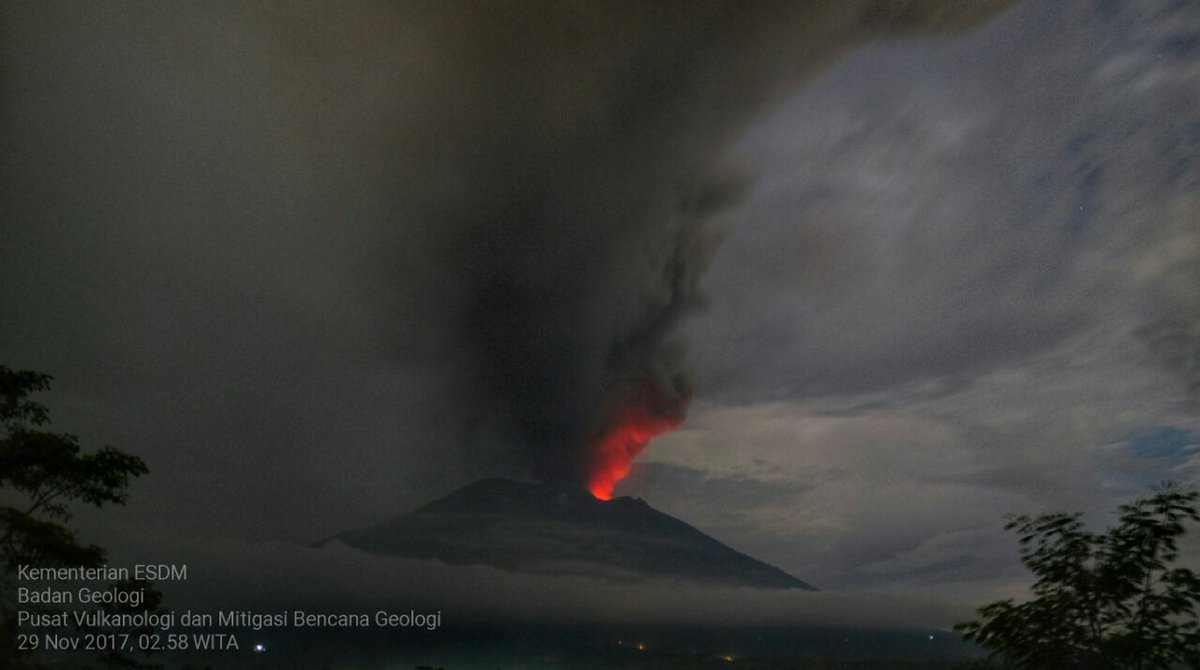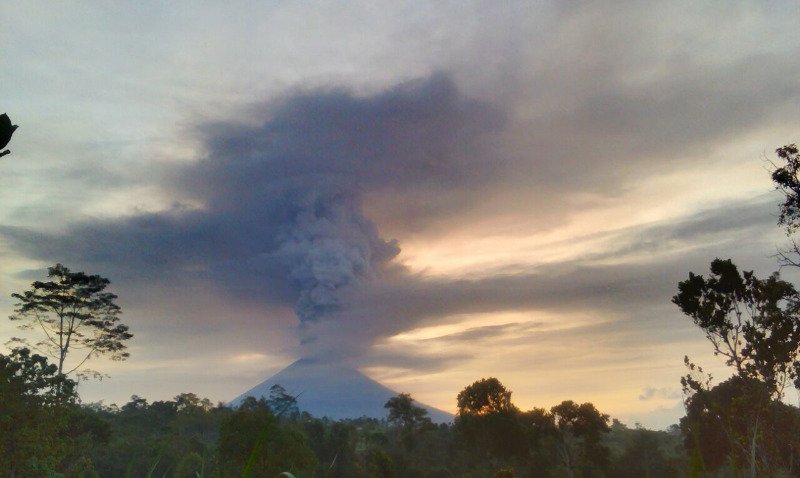Thread:
Official report - Recent Developments with #Agung Activities (1 December 2017 21:00 WITA) via @id_magma
(Translated using Google, clarified/edited by me): magma.vsi.esdm.go.id/press/view.php…
Official report - Recent Developments with #Agung Activities (1 December 2017 21:00 WITA) via @id_magma
(Translated using Google, clarified/edited by me): magma.vsi.esdm.go.id/press/view.php…

1/n * Monitoring Data Analysis *
-Visual-
After undergoing a volcanic earthquake swarm over the period Sept-Oct 2017, finally on 21 November 2017 at 17:05 WITA the phase of eruption of Mount Agung evolved to produce volcanic ash as high as 700 m above the peak.
-Visual-
After undergoing a volcanic earthquake swarm over the period Sept-Oct 2017, finally on 21 November 2017 at 17:05 WITA the phase of eruption of Mount Agung evolved to produce volcanic ash as high as 700 m above the peak.
• • •
Missing some Tweet in this thread? You can try to
force a refresh






